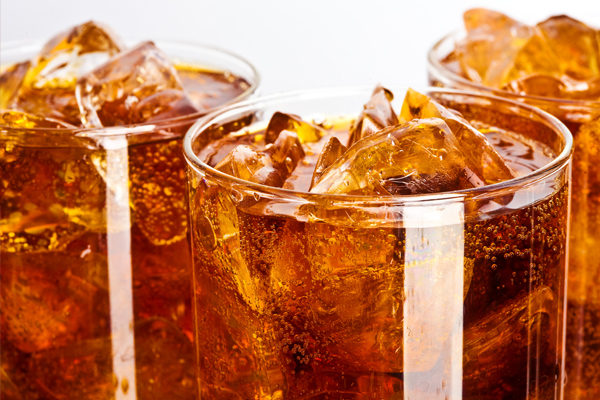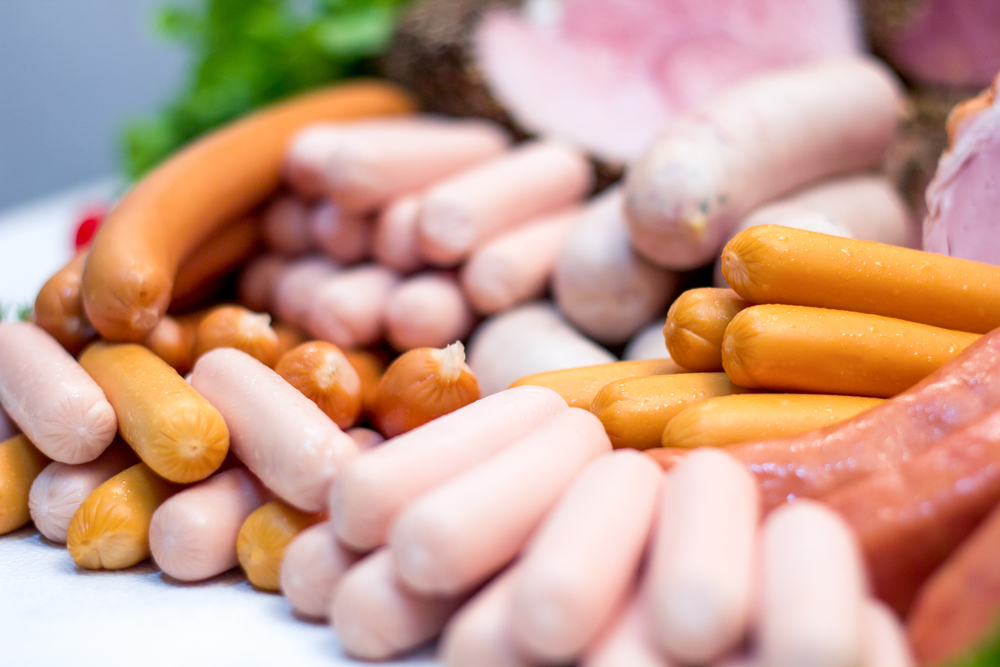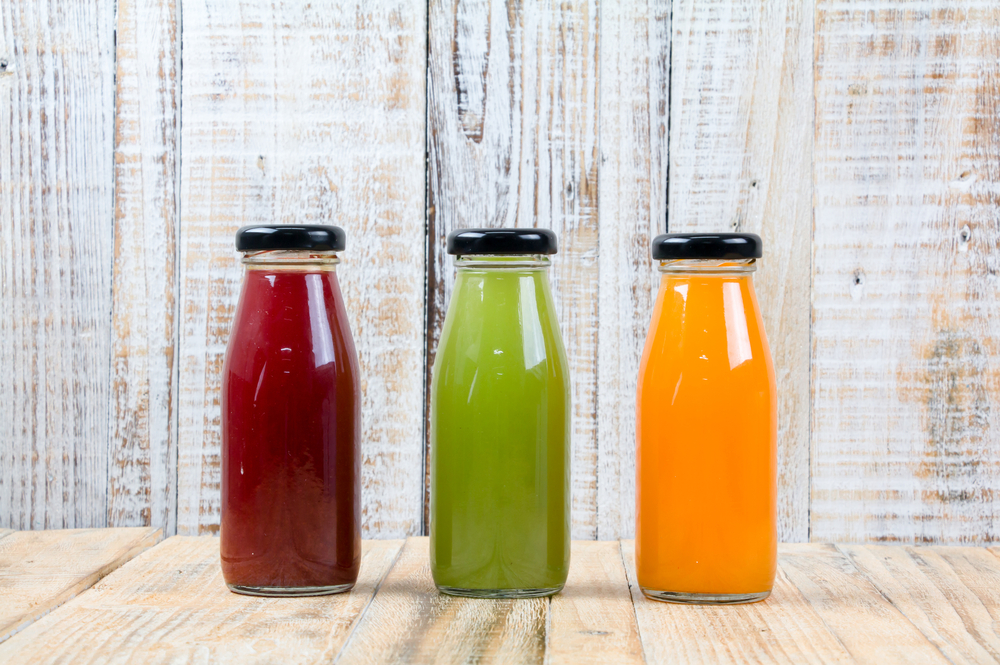Packed and processed foods have become the convenient options for modern families, especially for those who do not have much time to prepare and cook foods. However, it is a common knowledge that they’re loaded with a lot of additives and preservatives to control color, flavor, aroma, nutrition, texture, and of course, shelf life. While some are okay to use in a moderate amount, they are a few ingredients that should be reduced or if possible, avoided to prevent negative health impact both on kids and adults.
So, when you’re trying to keep an eye out for calories, fat, and carbohydrates when you’re browsing the supermarket aisles, it is wise to also pay attention to the little-known food additives printed on the packaging of your favorite products. Here are the food additives and preservatives that you must be cautious of:
High-fructose corn syrup

High-fructose corn syrup is chemically similar to table sugar (sucrose), but this cheaper alternative is a highly processed form of glucose converted into fructose—the type of sugar ordinarily found in fruit. While some people believe that high-fructose corn syrup is just sugar, we need to remember that too much sugar will harm bodily processes in many ways, including increasing risk for diabetes, obesity, and other metabolic disorders.
High-fructose corn syrup is often found in candies, soft drinks, and chocolates.
Partially hydrogenated oil

Manufacturers often use partially hydrogenated oil , which is a type of trans fat, because it reduces costs, increases shelf life and stabilizes flavor—but unfortunately it’s a lose-lose for consumers. Trans fats are twice as difficult for the body to dissolve as saturated fats, and because they boost LDL (bad) cholesterol and have been shown to decrease HDL (good) cholesterol, they can cause heart disease, diabetes, cellular deterioration and nutritional deficiencies.
Partially hydrogenated oil is often used in margarine, vegetable shortening, biscuits, breads, chips, and salad dressings.
Sodium nitrate and sodium nitrite

These additives are used as colorants, and to preserve the shelf life of meats like sausages, bacon, and hot dogs as well as some uncommon other products like fermented soy products. If they mix with stomach acids, they will form nitrosamines, potent carcinogens associated with oral, stomach, brain, esophageal and bladder cancers. The side effects of sodium nitrate and sodium nitrite include dizziness, headaches, nausea, and vomiting.
Don’t panic if you or your children have consumed processed foods with these additives in them. From now on it is better to stick to fresh products.
Sodium benzoate and benzoic acid

These additives are commonly used in some fruit juices, carbonated beverages, and pickles to prevent the growth of microorganisms in acidic foods. They generally affect only people with allergies, but it can cause problems in the future. When sodium benzoate is used in beverages also containing ascorbic acid (vitamin C), the substances can form small amounts of benzene, a chemical that causes leukemia and other cancers.
Potassium bromate

Potassium bromate is a common additive used in breads and rolls to increase their volume and produce a dine crumb structure. For the most part, it breaks down into inert bromide, but any leftover bromated in the body has been shown to cause cancer in lab animals. Although it has been banned in many countries, it is always wise to be careful and avoid products containing this additive.




